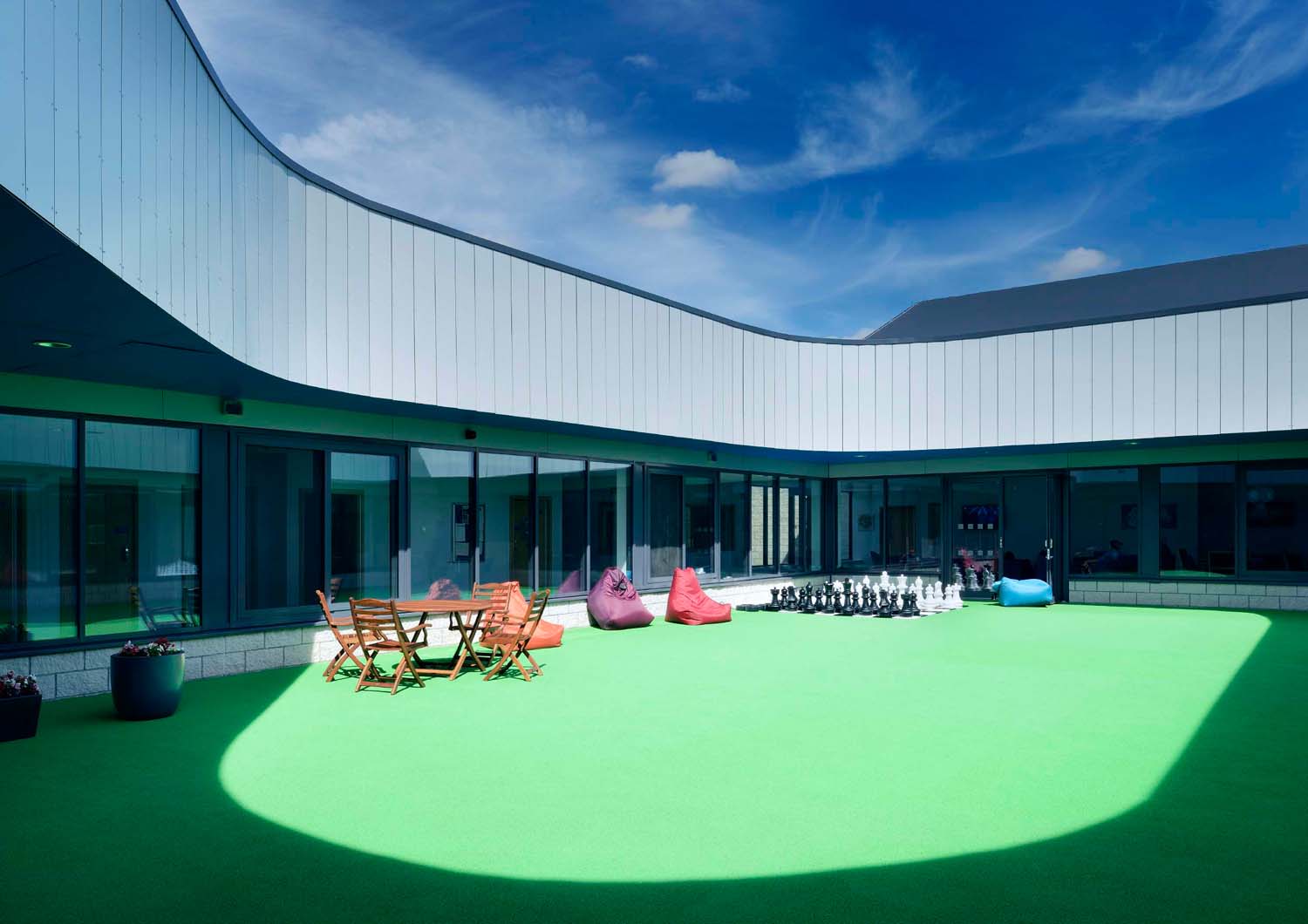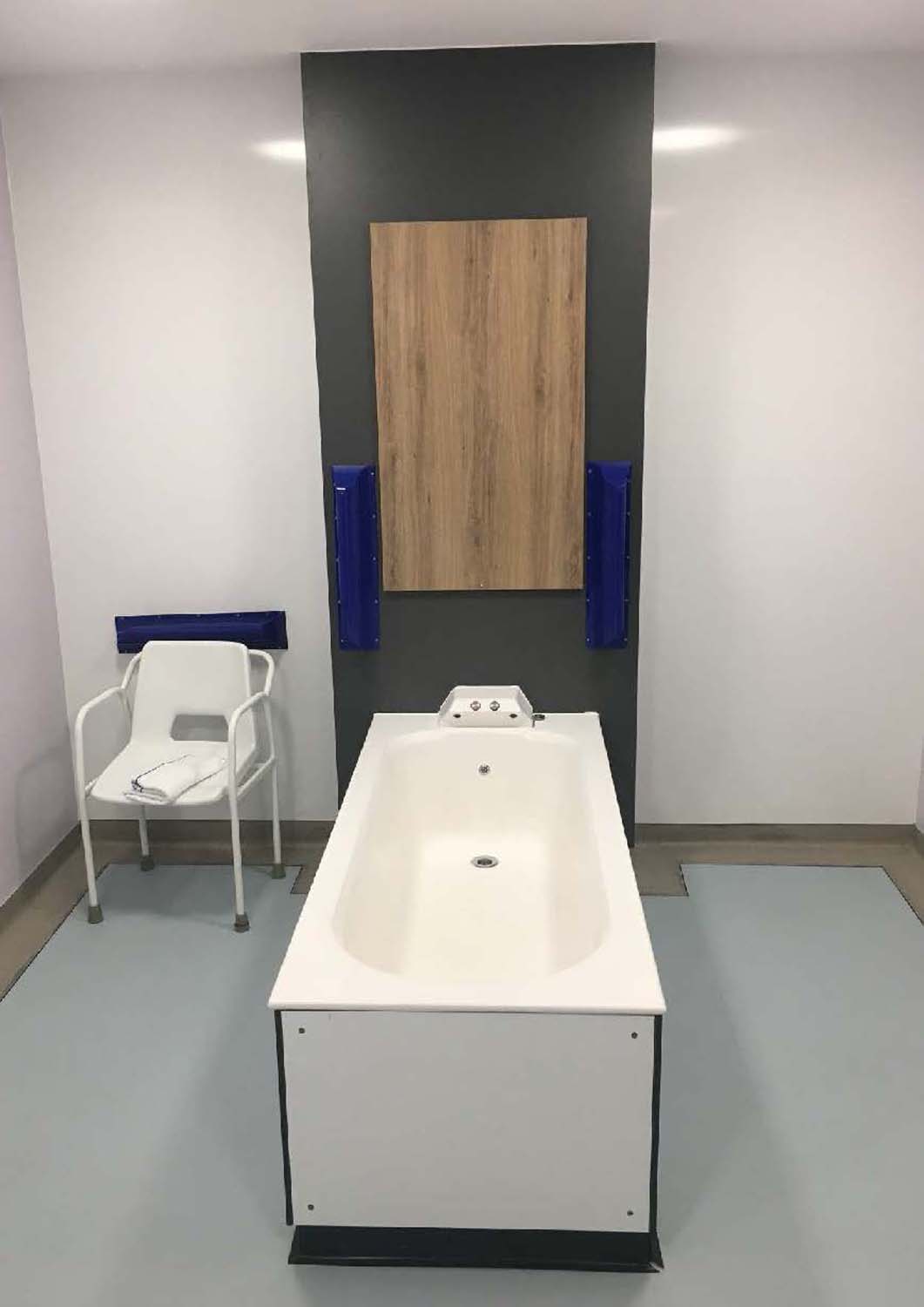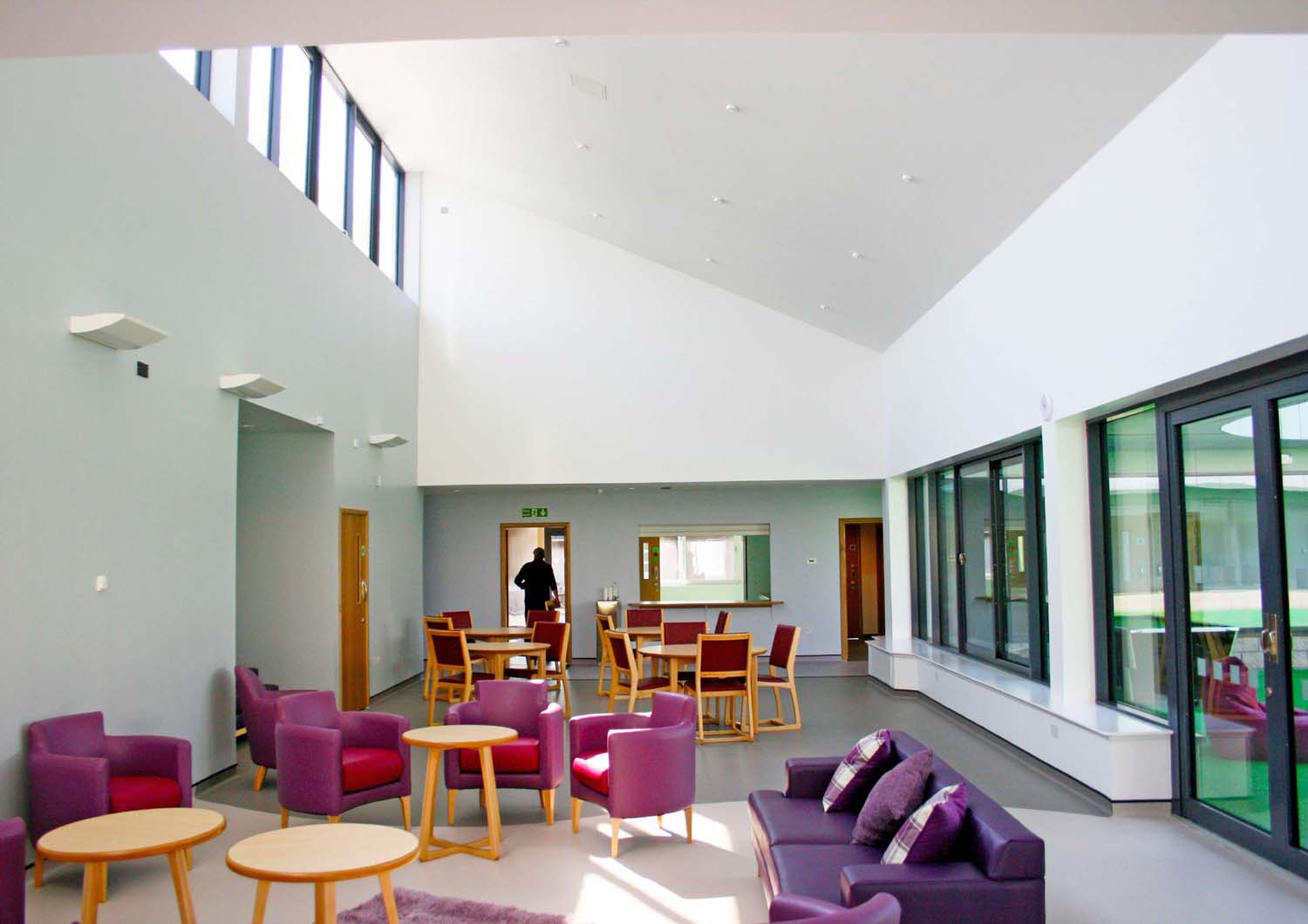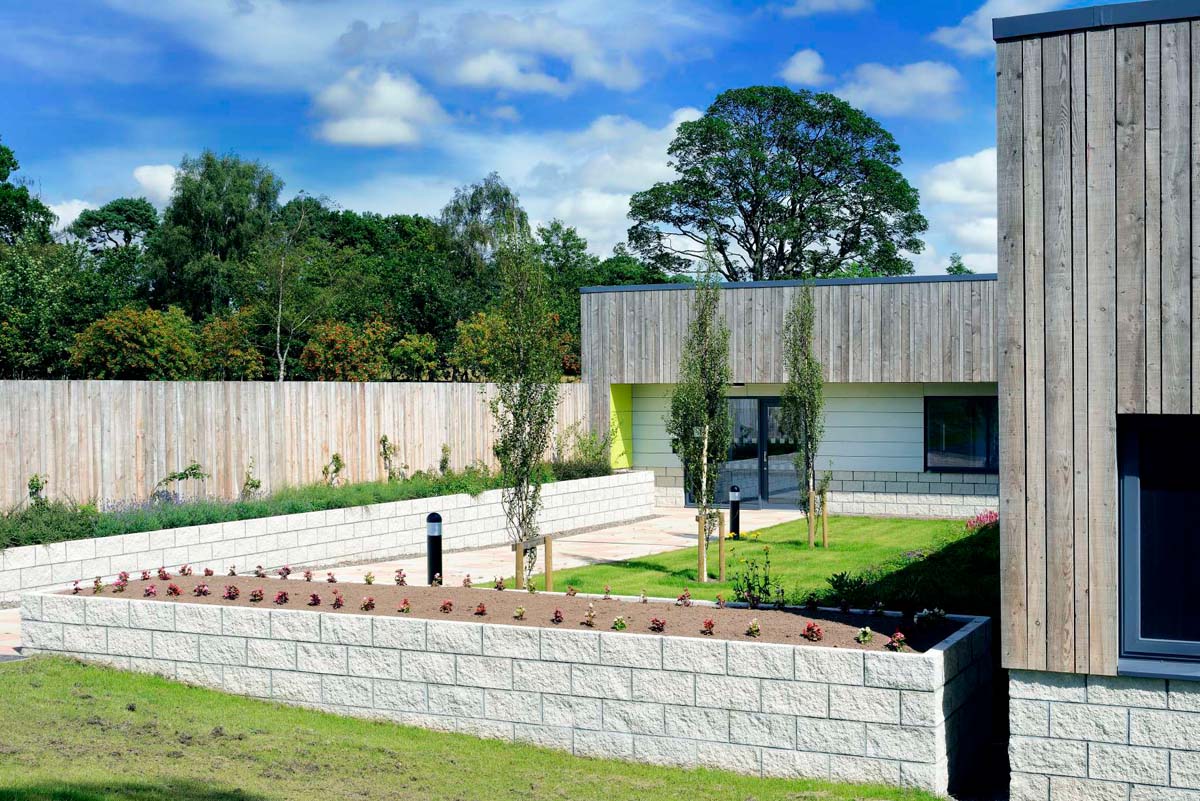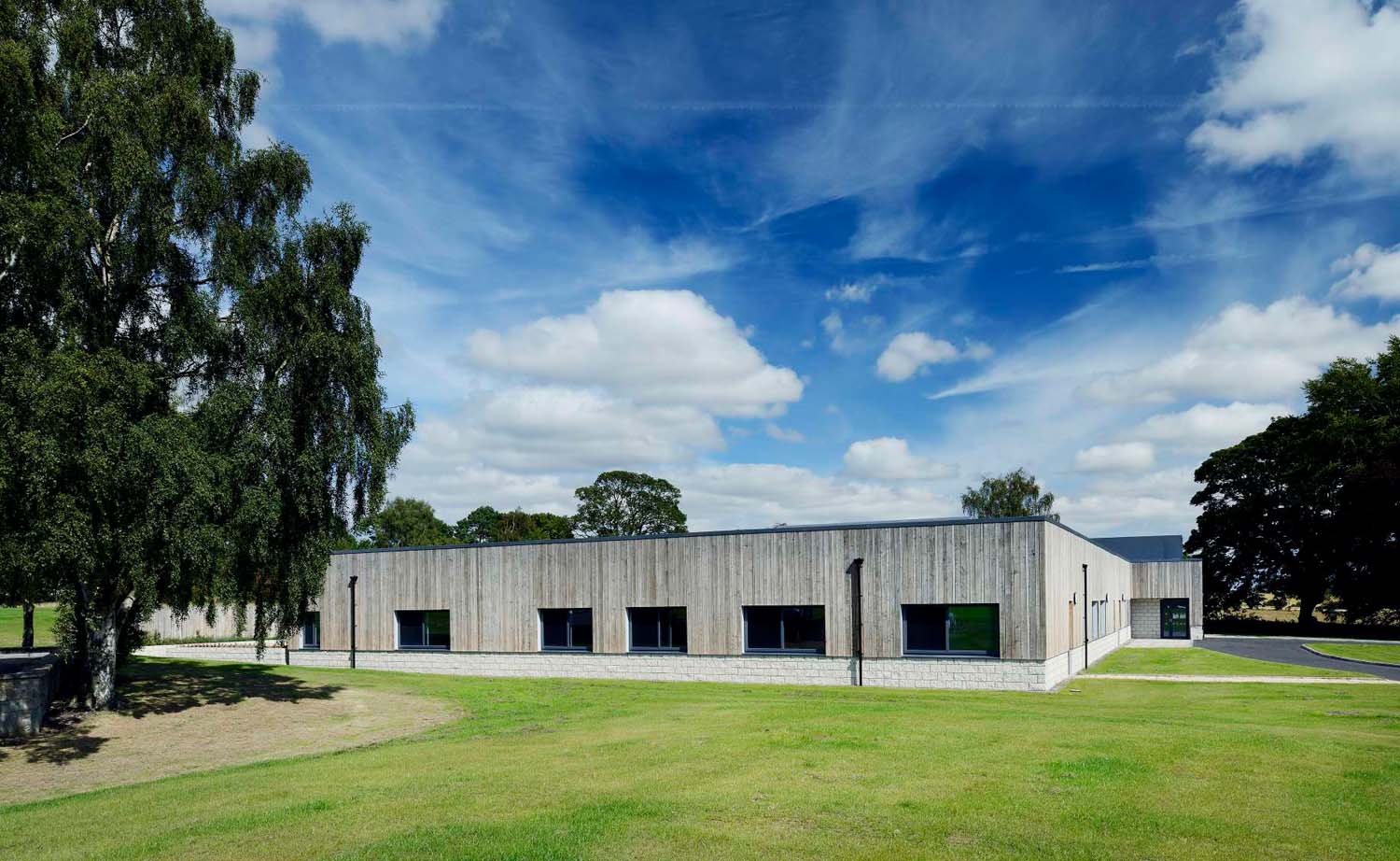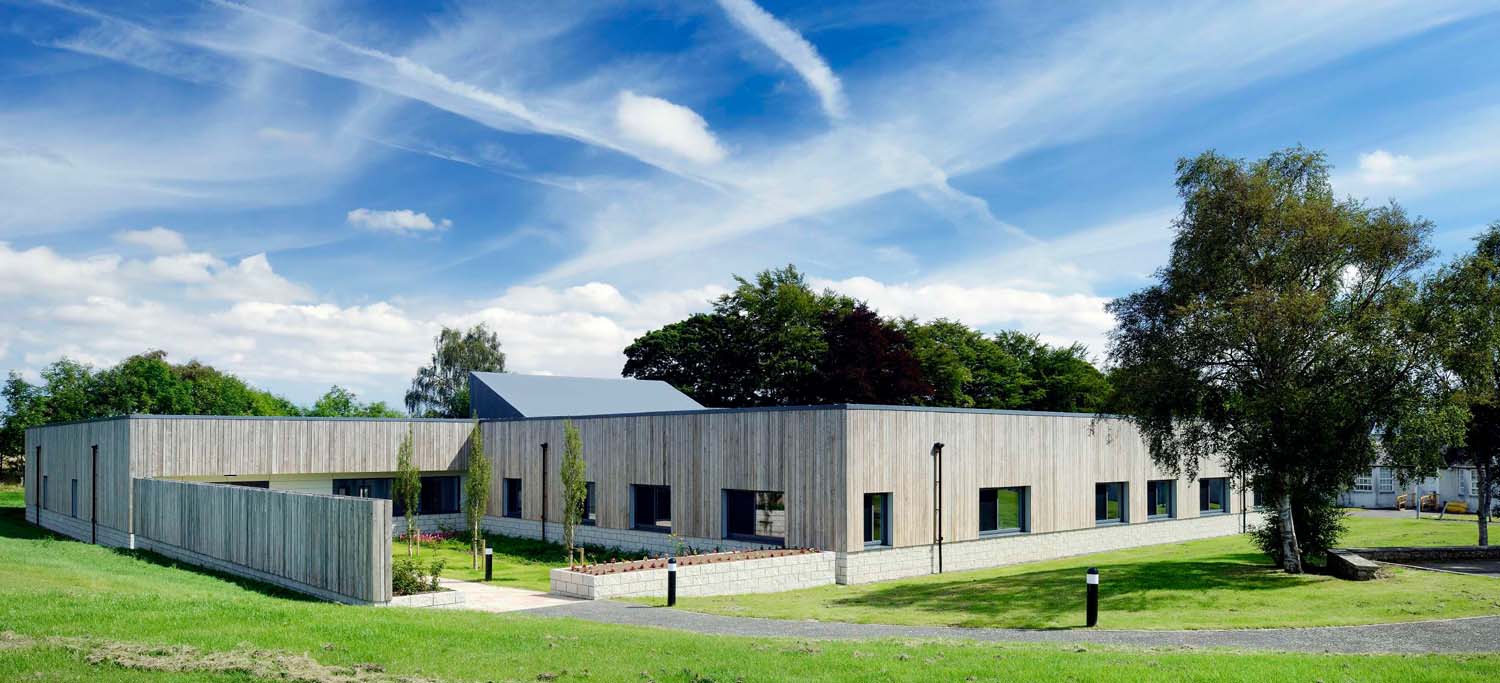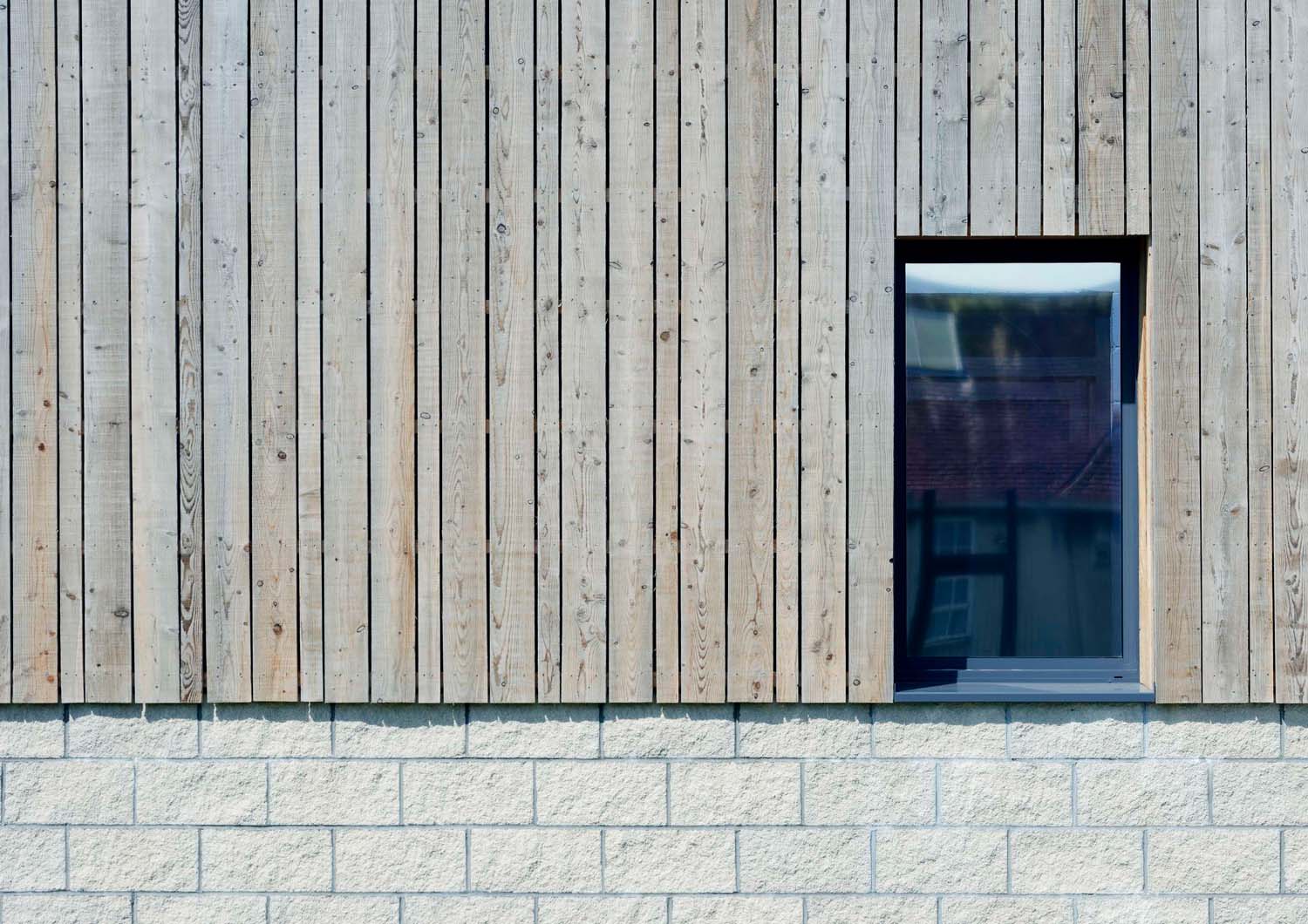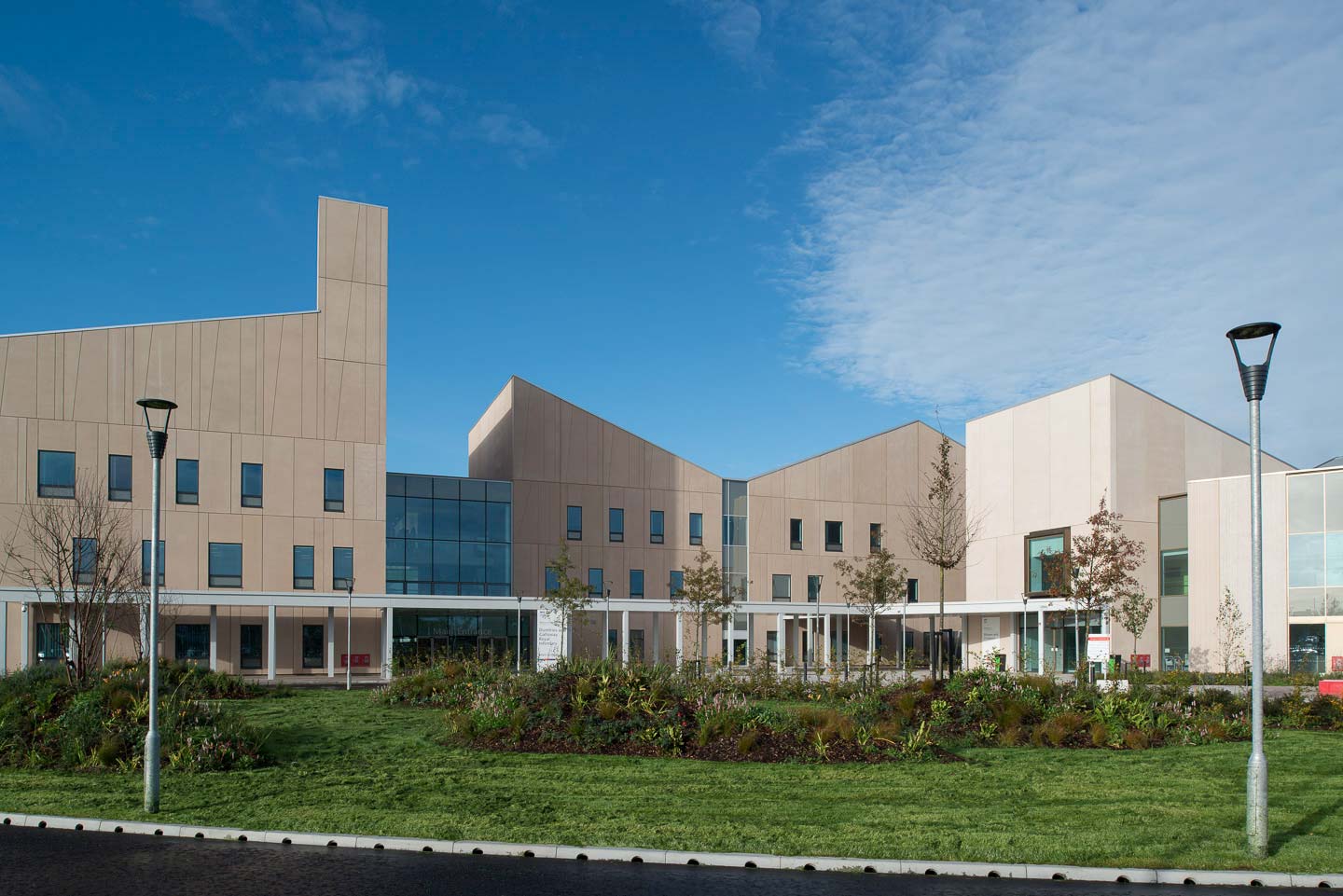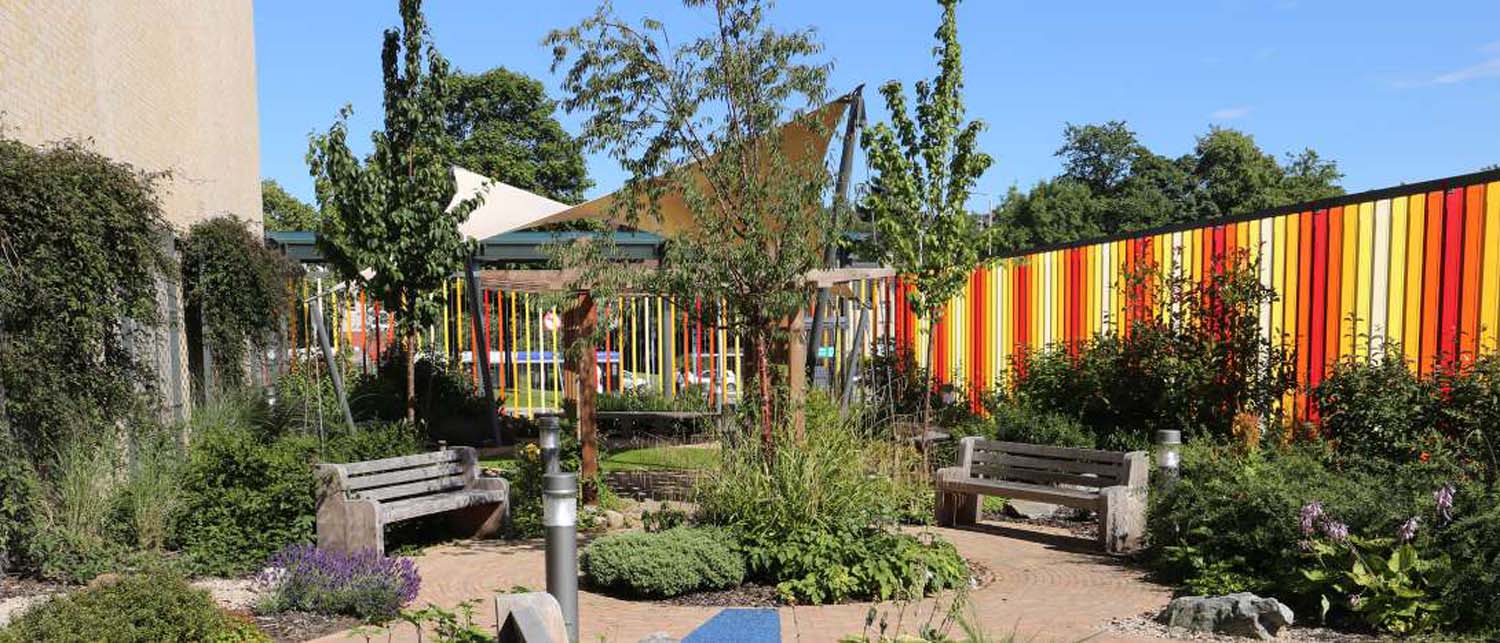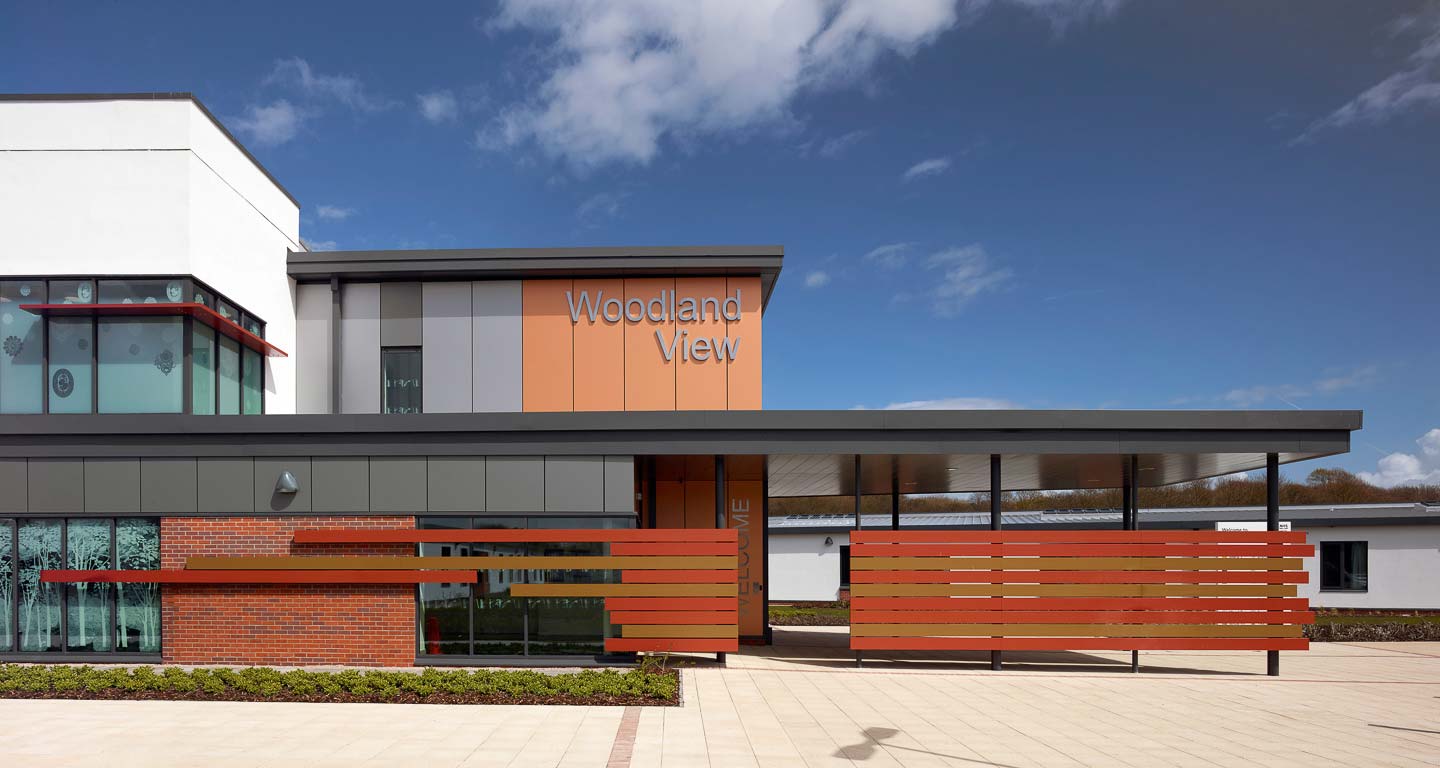Designed by Edinburgh-based Oberlanders Architects in conjunction with Graham Construction, the facility’s patient-centred design emerged out of an intensive and extensive period of stakeholder engagement.
The Intensive Psychiatric Care Unit (IPCU) at Stratheden Hospital, near Cupar in Fife, has had a marked effect on patients and staff alike. The eight-bed facility provides specialist care and treatment for patients experiencing acute psychiatric episodes, relocating the service from one of the original Victorian buildings on the hospital site.
In May 2016 following a year-long construction, a 1,200m2 single-storey eight-bed facility now sits to the north-east of the hospital grounds.
We visited the facility and spoke to Lesley Tweedie (Clinal Service Manager, NHS Fife), Paul Gilligan (Associate, Oberlanders Architects LLP) and Tanya Lonergan (Senior Charge Nurse, Stratheden IPCU), to learn about the overall design process from brief to post-open experience.
In this case study, you will find out how:
- the original building was unfit for purpose
- extensive consultation with key stakeholders helped develop a strong design brief that meets the needs of its patients and staff
- the final design included areas for recovery and safety features essential for the IPCU
- the internal design finishes help keep their patients safe
- courtyards and airlocked emergency entrances provide solutions for visibility and improve stress levels
- the space has reduced incidents and improved staff morale
“I’ve worked in acute mental health for 34 years, and from the IPCU point of view, Fife has been trying to get the idea of a new build off the ground for many years. Everything about the previous building was completely unfit for purpose...”
An old building unfit for purpose
The IPCU was originally based in an old Victorian building with wards that lacked the space to help patients recover.
Some of these unfit spaces created restrictions for its patients such as:
- a single long corridor that led to dormitories and toilets placed towards the end
- a lack of private spaces for male or female patients
- an inability to admit disabled patients due to the stairs
- no areas for therapeutic activities
“Almost daily we would have to assist, de-escalate and separate patients. It was a very stressful environment.”
Working together to create a strong design brief to meet the needs of patients
During the lengthy stakeholder engagement period, Lesley Tweedie drew patient and staff views from Fife and other board areas to help develop a brief centred around patient experience.
“The most important thing was the patient’s perspective, to make sure it was what they required to aid their recovery. It was very much clinically driven…”
Lesley pulled together a wish list from each patient to inform the design and build teams bidding for the contract. The wish list was incorporated into a presentation that went through every room.
“I met with all the patients that had been recently through IPCU and asked them for their wish list...
“I also got ideas for the different types of rooms that they wanted and what therapy they’d like. We got Circles Advocacy involved to get independent views from the patients and from the staff as well.”
Patient safety and needs at the heart of the overall design
The build was largely tailored around its modest budget of £4.4million. In terms of accommodation the design provides significant clinical benefits supporting recovery. Coming onto the project, Paul Gilligan worked closely with Lesley Tweedy.
“Lesley initially presented us with ideas that she had picked up during site visits to other healthcare buildings and brought to the table what she thought were good details and what she’d like to adopt…
“Once we came on board, we actually did a tour of health buildings in Scotland with Lesley. We got a good indication from her about what she was hoping to achieve and what the stakeholders wanted from the building.”
The overall design floorplan included areas such as:
- an art and music room
- a group therapy room
- a gym
- relaxation areas
- a separate kitchen for patients to prepare their own food
- single bedrooms with ensuites to include showers that last longer than two minutes
- furnished meeting rooms
- three courtyards
Additional features installed for patient and staff included:
- bio-dynamic lighting
- nurse call systems
- video linked access control
- CCTV
The smallest details that make the biggest impact for patients and staff
In addition to the building’s safety and security features, internal finishes were also a key consideration in terms of patient comfort.
Finishes include:
- reinforced wallboard for partition walls instead of plaster boards for a sturdier finish
- a parapet (extension) on the roof which removes the need for maintenance teams coming into the building for upkeep
- self-draining ‘play top’ or playground surface instead of drains or metal grills, to reduce the risks of patients harming themselves
- underfloor heating systems instead of radiators to remove further elements within a room and better control system
“On such a tight budget we needed to really understand where we’re going to spend the money and what are the non-negotiables. The emphasis was on robust solutions that would last…”
Design features that provide solutions for visibility, improving stress levels and more
The courtyards within the facility provided patient, staff, and patients visitors with the space required for a stress-free experience.
Some of the benefits the courtyards provide include:
- visual links across the courtyard to staff and patient areas
- a softer approach for family members and friends visiting patients
- an element of privacy from the main road
The design also features an airlocked emergency entrance, for a secure way of admitting patients.
“All our patients are detained under the Mental Health Act. This discreet entrance not only offers a secure way of admitting and assessing distressed and often disturbed patients, but it means that they aren’t being seen when they’re coming in, which preserves their dignity and privacy.”
Reducing incidents and boosting staff morale
What was once a facility that had high incident cases, the design of the building significantly improved its patients’ recovery by providing them with freedom of movement and privacy.
“And for the staff, it’s a totally different culture than it was before. Everyone’s so much more relaxed. The morale is much higher. There’s not the feeling that we’re coming in and waiting for something to happen. We’re not walking on eggshells as we were in the old ward…” – Tanya Lonergan
The transformation of the build has greatly affected the clinical outcome. Looking back at their incident reports and monitoring for the Scottish Patient Safety programme, the team has since shifted its incident ratings.
“…in the old ward we were sitting at around 70% a month in terms of incidents involving control, restraint and violence and aggression. These numbers have come right down, and we’re at less than 10%. It’s the space, the freedom of movement.”
Header image credit: Nigel Rigden
Related case studies
We have more case studies on healthcare facilities available on our website. These case studies cover a broad range of projects ranging from hospitals to dental practices.

